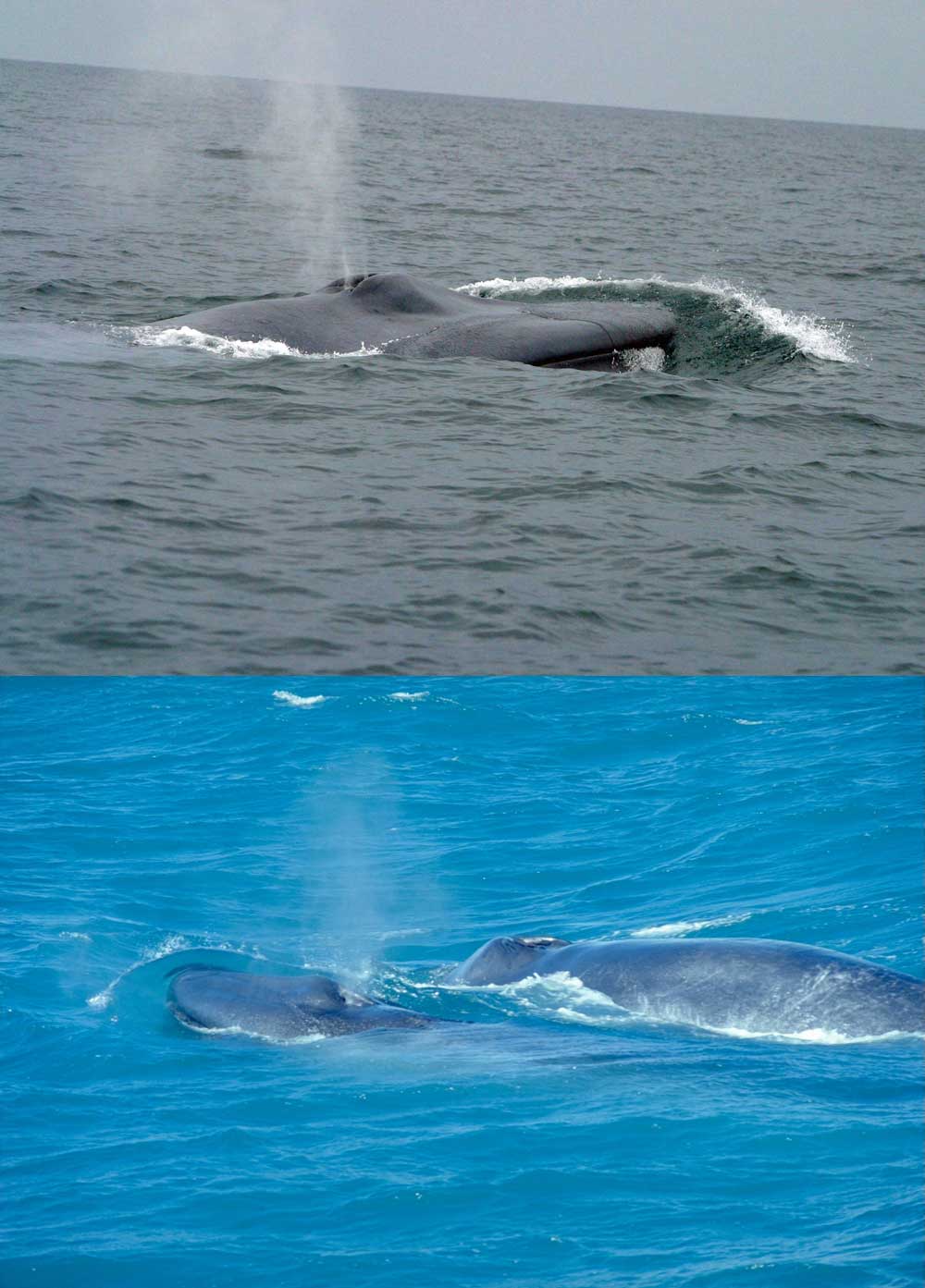
Adult males weigh up to 2,500 lbs and can reach lengths of 10 or 11 feet! They’re opportunistic predators, meaning they forage and feed on a wide variety of fish, squid, octopus, and even smaller seals. Stellar sea lions are the fourth-largest pinniped (more colloquially known as seal) in the world, behind the northern elephant seal, southern elephant seal, and walrus. Their only natural predators are killer whales and sharks, making them one of the ocean’s top predators. Here in Victoria, we regularly see two species of sea lions: Stellar sea lions and California sea lions. One leopard seal, captured near Sydney, had eaten a full-grown platypus! Sea Lions They’ll eat almost anything, including fish, squid, crustaceans, and even krill. Topping out at 10 feet and weighing up to a ton, leopard seals have a virtually insatiable appetite and spend the majority of their time searching for prey.
#Are blue whales predators skin#
Take their penguin eating habits, for example: After they grab a penguin, they thrash the bird back and forth until the skin peels away. Leopard seals are one of the Antarctic’s most ferocious hunters. They have no trouble ripping apart penguins and seal pups, their favourite meals. Their jaws are wide and powerful and are lined with long, razor-sharp teeth. Leopard seals are quite cute-until they open their mouths. Polar bears are apex predators in the arctic, but they do occasionally back down from a fight with a walrus. When the seal finally pops up for air, the polar bear swipes at it with its mighty paws and crushes it with a single bite from its powerful jaws. Seals are their preferred meal, though, and polar bears will wait for days for a seal to surface at a breathing hole. In summer when the sea ice melts and they don’t have easy access to marine prey, they may scavenge carcasses or search for bird eggs and berries.

Polar bears mainly eat seals, but also munch on belugas, narwhal, bowhead whales, walrus, and sometimes fish. They’re incredibly strong swimmers who have been spotted hundreds of miles from land. Polar BearsĪlthough polar bears are land mammals, they spend much of their life at sea. Great white sharks can even leave the water completely, breaching like whales when attacking prey from underneath. They can reach speeds of 43 miles (69 km) per hour, which allows them to surprise their prey and subdue it with a single bite. Great white sharks prefer to gobble up sea lions, seals, dolphins, small toothed whales, sea turtles, seabirds, and even the rotting flesh of dead animals. (But don’t worry, they generally don’t eat people, and most attacks on humans aren’t fatal anyway.) And with powerful, streamlined bodies and razor-sharp teeth, great white sharks are as scary as it gets. They can detect movement from as far away as 820 feet away. They can smell a single drop of blood floating in 10 billion drops of water.

If you had any doubt about the killer whale’s apex status, consider this: Wildlife-watchers off the coast of California witnessed an orca attacking a great white shark. Here in Victoria, we most often come across resident killer whales, which feed primarily on salmon, but we occasionally spot transient orcas, which eat everything from fish to seals to sharks and even other whales! They hunt in packs, much like wolves, which are also at the top of their food chain. Killer whales are apex predators, which means they have no natural predators. But the true ruler of the sea is the killer whale. When you think of top ocean predators, you probably think of sharks. (Hint: You can spot 2 of them on a whale watching trip in Victoria BC) Killer Whales Here are 5 of the top marine predators in the world. So what does it really take to be at the top of the ocean’s food chain? Specialized hunting skills, a ferocious appetite, and few, if any, natural predators. And the whale shark, despite its menacing name and 40-foot length, only eats plankton and small fish. The blue whale is the largest animal on the planet, weighing as much as 33 elephants, and all it eats is krill.

Surprisingly, some of the largest ocean creatures aren’t dangerous at all. When it comes to ruling the sea, bigger isn’t always better.


 0 kommentar(er)
0 kommentar(er)
